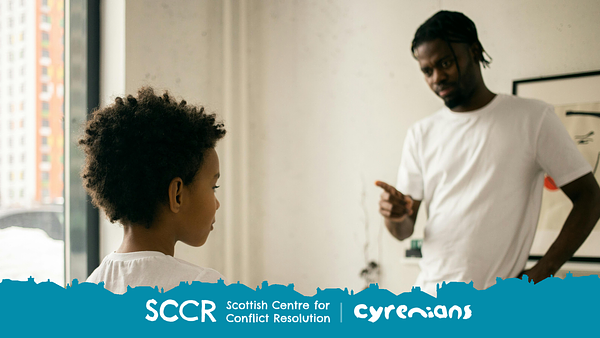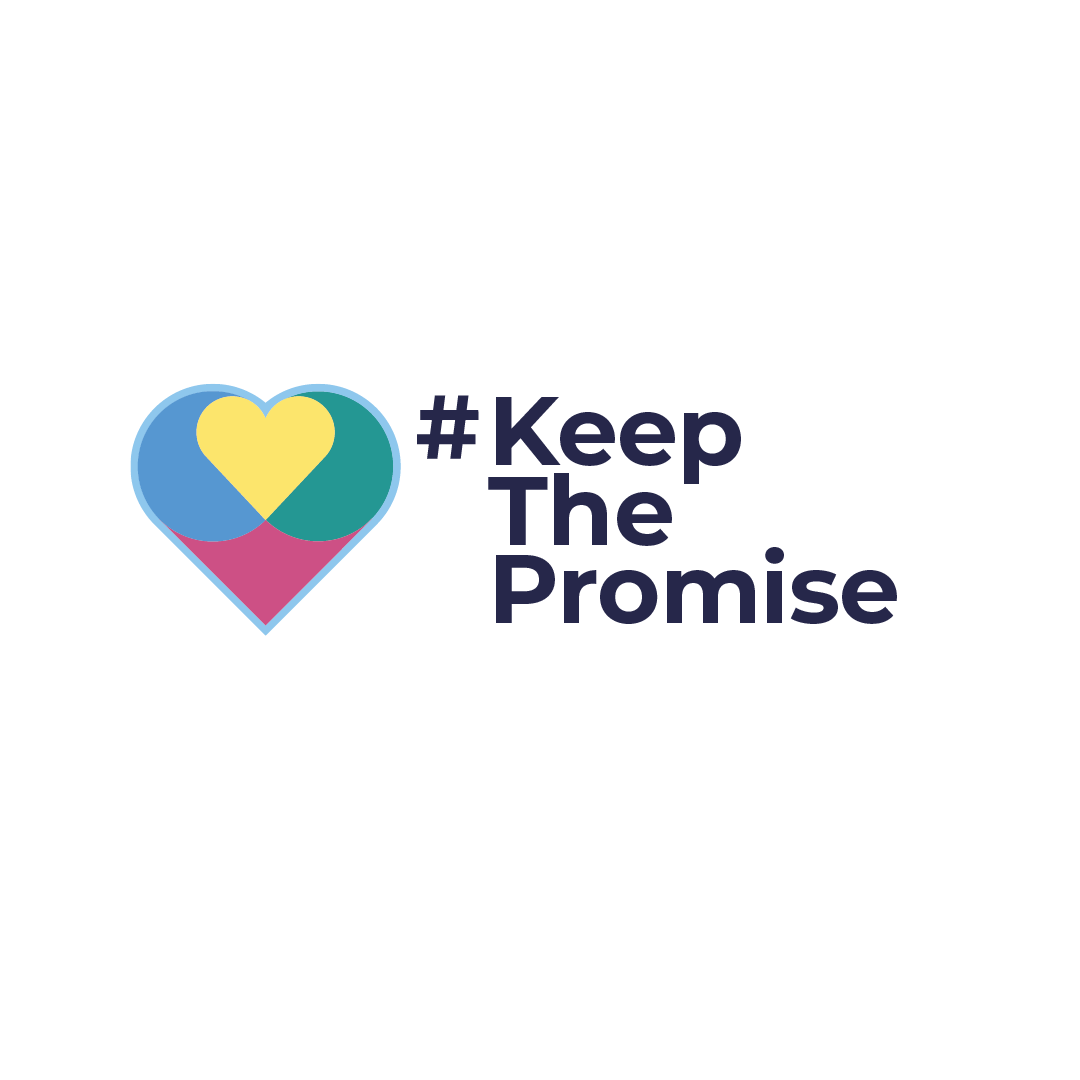Three Ways to Remain Calm When Your Teen Pushes Your Buttons
Family conflict is normal, but that doesn't make it any less upsetting. How can parents and carers avoid being triggered by their young person? Here are three ideas.

Let’s face it: parenting teens can test even the calmest of tempers. Whether it’s the eye rolls, slammed doors, or unexpected outbursts, those parenting moments when your teenager really pushes your buttons are tough.
And while it’s totally natural to feel frustrated or overwhelmed, how we respond in these moments can make all the difference.
Keeping your cool doesn’t mean bottling things up; it means finding healthier ways to cope, reflect, and reset.
Here are three simple but powerful strategies to help you stay calm when emotions run high.
1. Sit with Your Emotions
When your teen is pushing all the wrong buttons, your instinct might be to shut down your feelings or push them away. But emotions don’t disappear just because we ignore them; in fact, they’re more likely to resurface in unhelpful ways later on. That’s why it’s important to practise sitting with your emotions.
This means giving yourself permission to pause and notice what you're feeling—whether it’s anger, sadness, or anxiety—without judging yourself. Take a step back and simply observe your emotions like a curious onlooker. Ask yourself: What am I really feeling here? What might this emotion be telling me?
This practice creates a bit of emotional distance, helping you to ride the wave rather than being swept away by it. You don’t have to fix the feeling right away; just acknowledge it with compassion. In time, you’ll find the wave passes and you’re in a better place to respond calmly.
2. Try a Breathing Exercise
When your emotions are running hot, your body reacts; your heart races, your muscles tense, and your breath gets shallow. One of the quickest ways to interrupt this stress response is through mindful breathing.
Here’s a calming exercise you can try (and even share with your teen):
- Breathe in for four seconds, imagining a soothing colour—maybe blue or green—filling your body.
- Pause, and feel that calming colour spread through you.
- Exhale for four seconds, imagining a different colour leaving your body—perhaps red, symbolising tension or anger.
- Repeat a few times until you begin to feel your body relax.
Even a few minutes of focused breathing can reset your nervous system and help you respond more thoughtfully instead of reacting on impulse.
3. Remove Yourself from the Situation
Sometimes, the best thing you can do is step away. Not every argument needs to be solved in the heat of the moment. Going for a walk, chatting with a friend, hitting the gym, or going to the cinema (if you can afford the gym or cinema) can give you (and your teen) the breathing space needed to cool down.
This time apart offers you both a chance to reflect, regain perspective, and think about what really matters. Once things have settled, it’s easier to come back together and talk through what happened without blame or raised voices.
Final Thoughts
Staying calm when your teen is triggering every nerve you have is no small feat. But practising emotional awareness, mindful breathing, and taking time out can help you respond with the calm, clarity, and compassion your teen needs—especially in those challenging moments.
Remember, modelling calm doesn’t mean being perfect; it means showing your young person how to manage emotions in a healthy, constructive way. And that’s one of the most valuable lessons you can teach.
If you’d like more information about resolving family conflicts before they damage relationships within the family, why not take a look at the ‘Wellbeing and Coping for Parents and Carers’ section of our website’s Learning Zone for Parents and Carers?





